All Stories
-
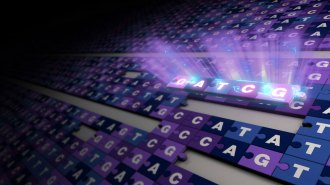 Genetics
GeneticsWe finally have a fully complete human genome
Finding the missing 8 percent of the human genome gives researchers a more powerful tool to better understand human health, disease and evolution.
-
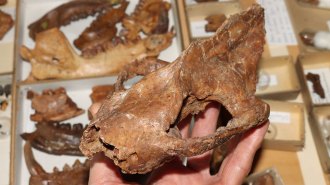 Paleontology
PaleontologyMammals’ bodies outpaced their brains right after the dinosaurs died
Fossils show that mammals’ brains and bodies did not balloon together. The animals’ brains grew bigger later.
-
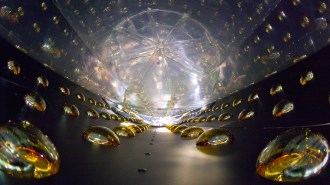 Science & Society
Science & SocietyHere are the Top 10 times scientific imagination failed
Some scientists of the past couldn’t imagine that atoms or gravity waves could one day be studied – or nuclear energy harnessed.
-
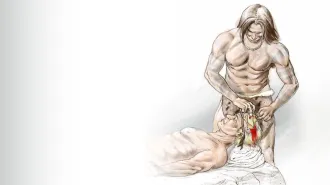 Anthropology
AnthropologyNorth America’s oldest skull surgery dates to at least 3,000 years ago
Bone regrowth suggests the man, who lived in what’s now Alabama, survived a procedure to treat brain swelling by scraping a hole out of his forehead.
By Bruce Bower -
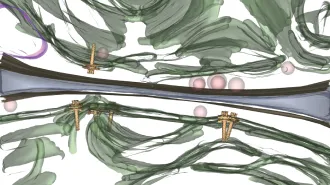 Microbes
MicrobesNew images reveal details of two bacteria’s molecular syringes
It’s unclear exactly how these species use their tiny injectors, but learning how they work could lead to nanodevices that target specific bacteria.
-
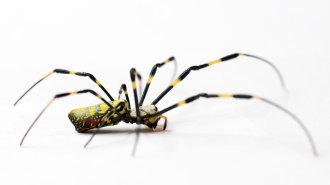 Animals
AnimalsInvasive jorō spiders get huge and flashy — if they’re female
Taking the pulse (literally) of female jorō spiders hints that the arachnid might push farther north than a relative that has stayed put in the South.
By Susan Milius -
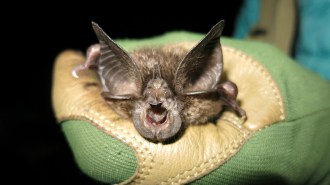 Animals
AnimalsHow scientists found an African bat lost to science for 40 years
African researchers had been searching for the Hill’s horseshoe bat since 2013. Now, the first recording of its echolocation call may help find more.
By Anna Gibbs -
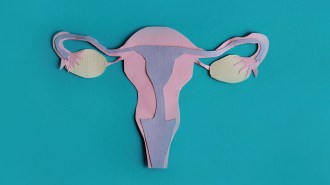 Health & Medicine
Health & Medicine‘Vagina Obscura’ shows how little is known about female biology
The new book ‘Vagina Obscura’ chronicles how scientists are finally giving female health and anatomy proper attention.
-
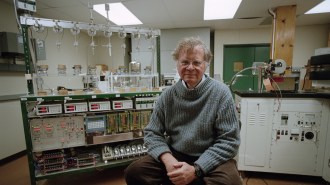 Climate
ClimateWally Broecker divined how the climate could suddenly shift
Wally Broecker’s insight into the shutdown of the great ocean conveyor belt spurred the study of abrupt climate change.
-
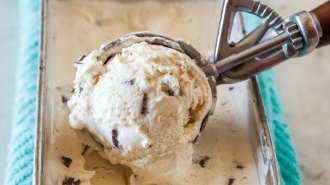 Chemistry
ChemistryGrainy ice cream is unpleasant. Plant-based nanocrystals might help
The growth of large ice crystals in ice cream produces a coarse texture. A cellulose nanocrystal stabilizer could help keep the unwelcome iciness away.
By Anna Gibbs -
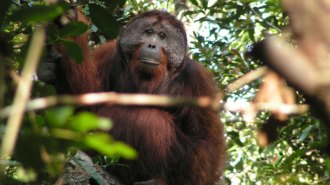 Anthropology
AnthropologySocial mingling shapes how orangutans issue warning calls
The new findings hint at how modern language may have taken root in sparse communities of ancient apes and humans.
By Bruce Bower -
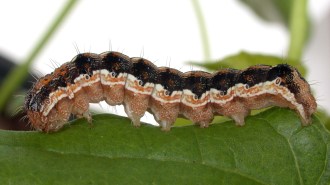 Life
LifeHow a virus turns caterpillars into zombies doomed to climb to their deaths
By manipulating genes used in vision, a virus sends its host caterpillar on a doomed quest for sunlight, increasing the chances for viral spread.
By Jake Buehler